Home>Maintenance & Safety>Child & Elderly Safety at Home>When Are Kids Ready For A Booster Seat
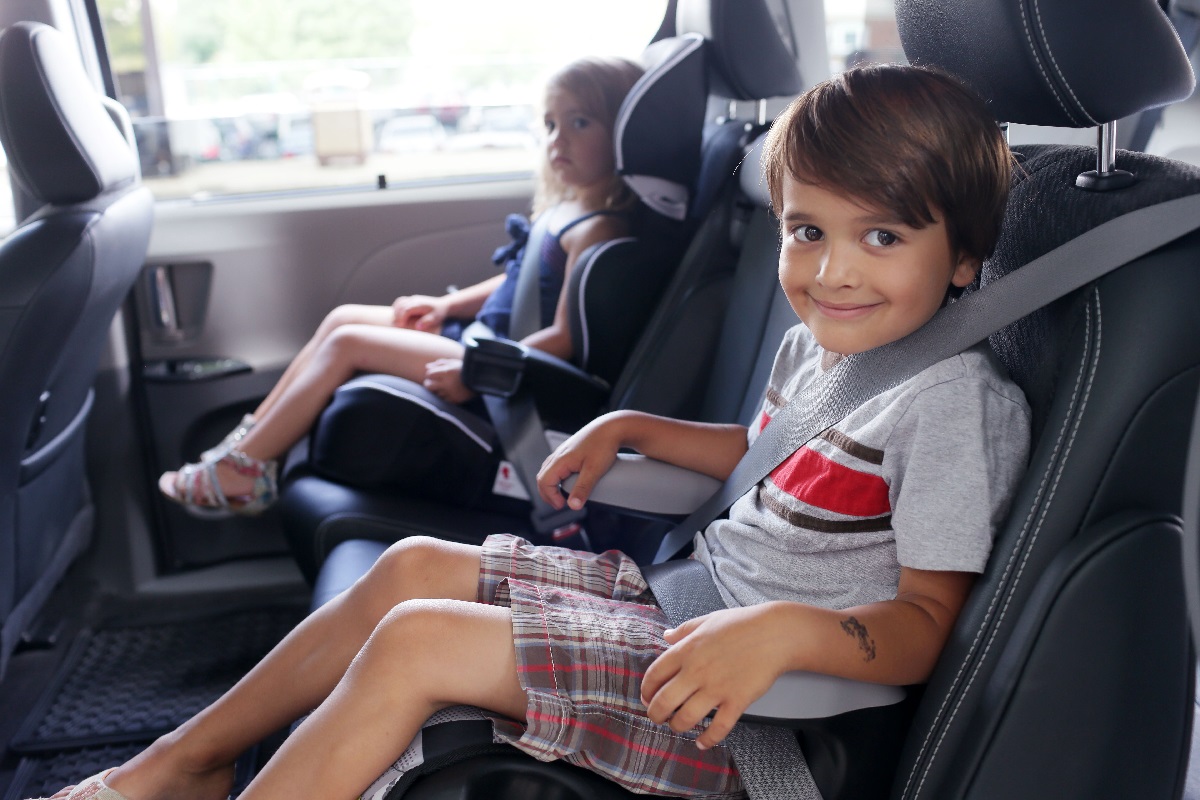

Child & Elderly Safety at Home
When Are Kids Ready For A Booster Seat
Modified: March 2, 2024
Ensure child and elderly safety at home by understanding when kids are ready for a booster seat. Learn about the right time to transition for optimal protection.
(Many of the links in this article redirect to a specific reviewed product. Your purchase of these products through affiliate links helps to generate commission for Storables.com, at no extra cost. Learn more)
Introduction
Ensuring the safety of children during car rides is a top priority for parents and caregivers. One crucial aspect of this safety protocol is determining when a child is ready to transition from a car seat to a booster seat. This decision is not only significant for the child's physical well-being but also for adhering to legal requirements. Understanding the factors that influence this transition is essential for making informed decisions that prioritize the child's safety.
Transitioning a child to a booster seat marks a significant milestone in their growth and development. It signifies their increasing physical and behavioral readiness to graduate from the confines of a car seat to the more mature seating arrangement provided by a booster seat. As children grow, their safety needs evolve, and recognizing these changes is vital for ensuring their well-being during car journeys.
In this comprehensive guide, we will delve into the various aspects of determining a child's readiness for a booster seat. From legal requirements to physical and behavioral readiness, we will explore the key factors that influence this transition. Additionally, we will provide practical tips for seamlessly integrating a booster seat into a child's car safety routine. By the end of this guide, you will have a thorough understanding of the considerations involved in determining when a child is ready for a booster seat, empowering you to make informed decisions that prioritize their safety.
Key Takeaways:
- Transitioning to a booster seat is a big step for kids, based on their size and behavior. It’s like moving from a kid’s table to the grown-up table, but for car safety!
- Booster seats help keep kids safe in the car by making sure the seat belt fits them just right. It’s like having a special cushion that helps them stay secure and comfortable on every ride.
Understanding Booster Seats
Booster seats play a pivotal role in ensuring the safety of children during car rides. Unlike traditional car seats, booster seats are designed to elevate a child, allowing the vehicle's seat belt to fit them properly. This positioning is crucial for protecting children in the event of a collision, as it ensures that the seat belt is positioned across their chest and hips, rather than their neck or abdomen.
There are two primary types of booster seats: high-back boosters and backless boosters. High-back boosters provide head and neck support, making them suitable for vehicles without headrests or for children who require additional support. On the other hand, backless boosters are more compact and are ideal for vehicles with adequate head support or for older children who no longer need the extra head and neck protection.
When selecting a booster seat, it is essential to consider the child's age, height, and weight to ensure a proper fit. Additionally, booster seats should meet the safety standards set by regulatory bodies to guarantee their effectiveness in protecting children during car journeys.
Understanding the nuances of booster seats is crucial for making informed decisions regarding a child's safety. By recognizing the distinct features of high-back and backless boosters and their suitability for different age groups, caregivers can select the most appropriate option for their child's needs. Moreover, being aware of the safety standards and regulations pertaining to booster seats enables caregivers to prioritize the child's well-being and adhere to legal requirements.
In the subsequent sections, we will delve into the legal requirements and the physical and behavioral readiness factors that influence the transition to a booster seat. This comprehensive exploration will provide a holistic understanding of the considerations involved in determining when a child is ready for a booster seat, empowering caregivers to prioritize safety and make well-informed decisions.
Legal Requirements
Ensuring compliance with legal regulations is paramount when determining a child's readiness for a booster seat. These regulations are established to safeguard children during car journeys and to minimize the risk of injury in the event of an accident. In the United States, specific laws govern the use of booster seats, and understanding these legal requirements is essential for caregivers and parents.
The legal requirements for booster seat usage typically revolve around the age, height, and weight of the child. While these regulations may vary by state, they generally stipulate that children should remain in a car seat with a harness until they outgrow the manufacturer's specified weight and height limits. Subsequently, they should transition to a booster seat until they meet the criteria for using a vehicle's seat belt without assistance.
In many states, the law mandates the use of a booster seat for children under a certain age and size. For instance, some states require that children use a booster seat until they are at least 8 years old or have reached a height of 4 feet 9 inches. These regulations are designed to ensure that children are adequately protected by the vehicle's seat belt, which may not fit them properly until they reach a certain size and maturity.
It is crucial for caregivers and parents to familiarize themselves with the specific legal requirements in their state regarding booster seat usage. By staying informed about these regulations, they can ensure full compliance and prioritize the safety of the child during car rides. Additionally, adhering to legal requirements can prevent potential legal repercussions and, more importantly, protect the child from avoidable risks.
Understanding the legal framework surrounding booster seat usage empowers caregivers to make well-informed decisions that align with regulatory standards. By acknowledging and abiding by these legal requirements, caregivers demonstrate their commitment to prioritizing the safety and well-being of the child during car journeys. This proactive approach not only ensures compliance with the law but also contributes to creating a secure and protective environment for the child while traveling in a vehicle.
Physical Readiness
Physical readiness is a crucial factor in determining when a child is ready for a booster seat. It encompasses various aspects of the child's physical development, including their height, weight, and overall body proportions. These factors directly influence the effectiveness of a booster seat in providing adequate protection and support for the child during car rides.
One of the primary indicators of physical readiness for a booster seat is the child's weight. Most booster seat manufacturers specify weight requirements for their products, and it is essential to adhere to these guidelines. Typically, children are ready for a booster seat when they have outgrown the weight limit for their forward-facing car seat with a harness, which is usually around 40 to 65 pounds. Transitioning to a booster seat at this stage allows the vehicle's seat belt to fit the child properly, enhancing their safety and minimizing the risk of injury in the event of a collision.
In addition to weight, the child's height plays a significant role in determining their readiness for a booster seat. Children should transition to a booster seat when they have outgrown the height limit for their forward-facing car seat, which is typically around 40 to 57 inches. A booster seat elevates the child, enabling the vehicle's seat belt to align appropriately with their shoulder and lap, thereby providing optimal protection and reducing the likelihood of injury during sudden stops or accidents.
Furthermore, the child's body proportions and physical maturity are essential considerations for booster seat readiness. A child should have the physical capability to sit comfortably in a booster seat without slouching or fidgeting excessively. Their ability to sit upright and maintain proper posture while restrained by the vehicle's seat belt is indicative of their physical readiness for a booster seat.
Caregivers and parents should regularly assess the child's physical development, including their height and weight, to determine when they are ready for a booster seat. It is crucial to follow the manufacturer's guidelines and recommendations regarding the appropriate age, weight, and height for transitioning to a booster seat. By prioritizing the child's physical readiness, caregivers can ensure that the booster seat effectively enhances the child's safety and comfort during car journeys.
Understanding the physical indicators of readiness for a booster seat empowers caregivers to make informed decisions that align with the child's developmental stage. By recognizing the significance of the child's weight, height, and physical maturity in relation to booster seat usage, caregivers can proactively prioritize the child's safety and well-being, creating a secure and protective environment during car rides.
Children are typically ready for a booster seat when they outgrow their forward-facing car seat, usually around 4-8 years old and at least 40 pounds. Always follow the specific height and weight guidelines for the booster seat you choose.
Behavioral Readiness
Behavioral readiness encompasses the child's ability to understand and adhere to the fundamental rules of sitting in a booster seat. It goes beyond physical attributes and delves into the child's maturity, attentiveness, and willingness to comply with safety guidelines while seated in a vehicle.
One of the primary indicators of behavioral readiness for a booster seat is the child's ability to remain seated and restrained for the duration of a car journey. This entails refraining from excessive movement, fidgeting, or attempting to unbuckle the seat belt. Children who exhibit a level of self-discipline and understanding of the importance of staying securely seated are demonstrating behavioral readiness for a booster seat.
Moreover, behavioral readiness encompasses the child's comprehension of the significance of wearing a seat belt and remaining seated at all times while the vehicle is in motion. This understanding is crucial for their safety, as it ensures that they will not attempt to release the seat belt or engage in behaviors that compromise their security during the journey.
Additionally, the child's ability to follow instructions and respond appropriately to safety reminders from caregivers or parents is indicative of their behavioral readiness for a booster seat. This includes acknowledging and adhering to safety protocols, such as buckling up upon entering the vehicle and refraining from unbuckling until the journey is complete.
Furthermore, behavioral readiness involves the child's capacity to communicate any discomfort or concerns related to sitting in a booster seat. This open communication allows caregivers to address any issues promptly, ensuring that the child remains comfortable and secure throughout the journey.
Recognizing the child's behavioral readiness for a booster seat is essential for ensuring their safety and well-being during car rides. By observing the child's ability to adhere to safety guidelines, remain seated, and communicate effectively, caregivers can make informed decisions regarding the transition to a booster seat.
Understanding the behavioral indicators of readiness for a booster seat empowers caregivers to prioritize the child's safety and comfort while traveling in a vehicle. By acknowledging the child's maturity, attentiveness, and willingness to comply with safety protocols, caregivers can create a secure and protective environment that enhances the child's overall well-being during car journeys.
Transitioning from Car Seat to Booster Seat
Transitioning a child from a car seat to a booster seat is a significant milestone that reflects their growth and increasing maturity. This transition is influenced by various factors, including legal requirements, physical readiness, and behavioral indicators. Understanding the process of transitioning from a car seat to a booster seat is essential for ensuring the child's safety and comfort during car journeys.
When considering the transition, it is crucial to assess the child's physical development, particularly their weight and height. Most car seat manufacturers provide specific weight and height limits for their products, serving as a guide for determining when a child has outgrown their car seat and is ready for a booster seat. This transition is pivotal as it allows the vehicle's seat belt to fit the child properly, providing optimal protection and support.
Moreover, behavioral readiness plays a crucial role in the transition process. Children should demonstrate the ability to remain seated and restrained for the duration of a car journey, understanding the importance of wearing a seat belt and following safety guidelines. Their willingness to comply with safety protocols and communicate any discomfort while seated in a booster seat is indicative of their readiness for this transition.
Caregivers and parents should approach the transition from a car seat to a booster seat with careful consideration of the child's physical and behavioral indicators. It is essential to ensure that the child meets the necessary physical criteria and displays the behavioral maturity required for using a booster seat effectively.
Additionally, familiarizing the child with the concept of transitioning to a booster seat and involving them in the process can contribute to a smoother transition. This can be achieved through open communication, explaining the reasons for the transition, and emphasizing the importance of adhering to safety guidelines while seated in a booster seat.
By proactively addressing the physical and behavioral aspects of transitioning to a booster seat, caregivers can create a supportive and secure environment for the child during car journeys. This approach not only prioritizes the child's safety but also instills a sense of responsibility and awareness regarding car safety, laying the foundation for safe and comfortable travel experiences.
Understanding the nuances of transitioning from a car seat to a booster seat empowers caregivers to make informed decisions that align with the child's developmental stage and safety needs. By recognizing the significance of physical readiness and behavioral indicators, caregivers can facilitate a seamless and secure transition, ensuring the child's well-being and comfort while traveling in a vehicle.
Tips for Using Booster Seats
-
Selecting the Right Seat: When choosing a booster seat for your child, consider their age, height, and weight to ensure a proper fit. High-back boosters provide additional head and neck support, making them suitable for vehicles without headrests or for children who require extra support. Backless boosters are more compact and ideal for older children who no longer need the extra head and neck protection.
-
Installation and Positioning: Proper installation of the booster seat is crucial for its effectiveness. Ensure that the seat is securely fastened and positioned in the vehicle, following the manufacturer's guidelines. The booster seat should elevate the child to a height where the vehicle's seat belt fits snugly across their chest and hips, rather than their neck or abdomen.
-
Seat Belt Fit: Verify that the vehicle's seat belt fits the child correctly while using the booster seat. The shoulder belt should rest comfortably across the child's shoulder and chest, and the lap belt should sit low across their hips, not their stomach. Adjust the positioning of the booster seat as needed to achieve an optimal seat belt fit.
-
Consistent Usage: Encourage consistent and proper usage of the booster seat for every car journey, regardless of the trip's duration. This practice instills a routine of safety and ensures that the child remains adequately protected in the event of sudden stops or accidents.
-
Educate the Child: Teach the child about the importance of sitting properly in the booster seat and wearing the seat belt at all times while the vehicle is in motion. Emphasize the significance of remaining seated and avoiding unnecessary movement during the journey to enhance their understanding of car safety.
-
Regular Inspections: Periodically inspect the booster seat to ensure that it remains in good condition and continues to provide the necessary support and protection for the child. Check for any signs of wear and tear, and promptly address any issues to maintain the seat's effectiveness.
-
Lead by Example: Set a positive example by consistently wearing your seat belt and adhering to safety guidelines while driving. Children often emulate the behavior of adults, and demonstrating responsible car safety practices reinforces the importance of using a booster seat.
-
Stay Informed: Keep abreast of any updates or changes in booster seat regulations and safety standards. Staying informed allows you to make informed decisions and ensures that the child's safety remains a top priority during car journeys.
By implementing these tips for using booster seats, caregivers can create a secure and supportive environment for children during car rides, prioritizing their safety and well-being. These practices contribute to fostering a culture of car safety awareness and responsibility, ultimately enhancing the overall travel experience for both children and caregivers.
Conclusion
In conclusion, determining when a child is ready for a booster seat involves a comprehensive assessment of legal requirements, physical readiness, and behavioral indicators. Transitioning from a car seat to a booster seat signifies a significant milestone in a child's growth and development, reflecting their increasing maturity and evolving safety needs. By understanding the nuances of booster seat usage and the factors that influence this transition, caregivers can make informed decisions that prioritize the child's safety and well-being during car journeys.
Legal requirements serve as a foundational framework for booster seat usage, emphasizing the importance of compliance with regulations to ensure the child's protection. Familiarizing oneself with the specific laws and guidelines in their state enables caregivers to uphold legal standards and mitigate potential risks associated with non-compliance. By adhering to legal requirements, caregivers demonstrate their commitment to creating a secure and protective environment for the child while traveling in a vehicle.
Physical readiness plays a pivotal role in determining when a child is ready for a booster seat, encompassing factors such as weight, height, and overall physical development. Recognizing the child's readiness based on these physical indicators ensures that the booster seat effectively enhances their safety and comfort during car rides. Additionally, behavioral readiness serves as a crucial aspect, reflecting the child's maturity, attentiveness, and willingness to comply with safety guidelines while seated in a vehicle. By acknowledging the child's behavioral indicators, caregivers can facilitate a seamless transition to a booster seat, fostering a culture of responsibility and awareness regarding car safety.
Transitioning from a car seat to a booster seat requires careful consideration of the child's physical and behavioral indicators, ensuring that they are adequately prepared for this progression. By involving the child in the process and emphasizing the importance of adhering to safety guidelines, caregivers can create a supportive and secure environment that prioritizes the child's well-being during car journeys.
Incorporating the recommended tips for using booster seats, including selecting the right seat, consistent usage, and educating the child about car safety, contributes to fostering a culture of awareness and responsibility. By implementing these practices, caregivers can create a secure and supportive environment for children during car rides, ultimately enhancing the overall travel experience for both children and caregivers.
In essence, the decision to transition a child to a booster seat involves a holistic understanding of legal requirements, physical readiness, and behavioral indicators. By prioritizing the child's safety and well-being, caregivers can navigate this transition with confidence, creating a secure and protective environment that enhances the child's overall travel experience.
Frequently Asked Questions about When Are Kids Ready For A Booster Seat
Was this page helpful?
At Storables.com, we guarantee accurate and reliable information. Our content, validated by Expert Board Contributors, is crafted following stringent Editorial Policies. We're committed to providing you with well-researched, expert-backed insights for all your informational needs.
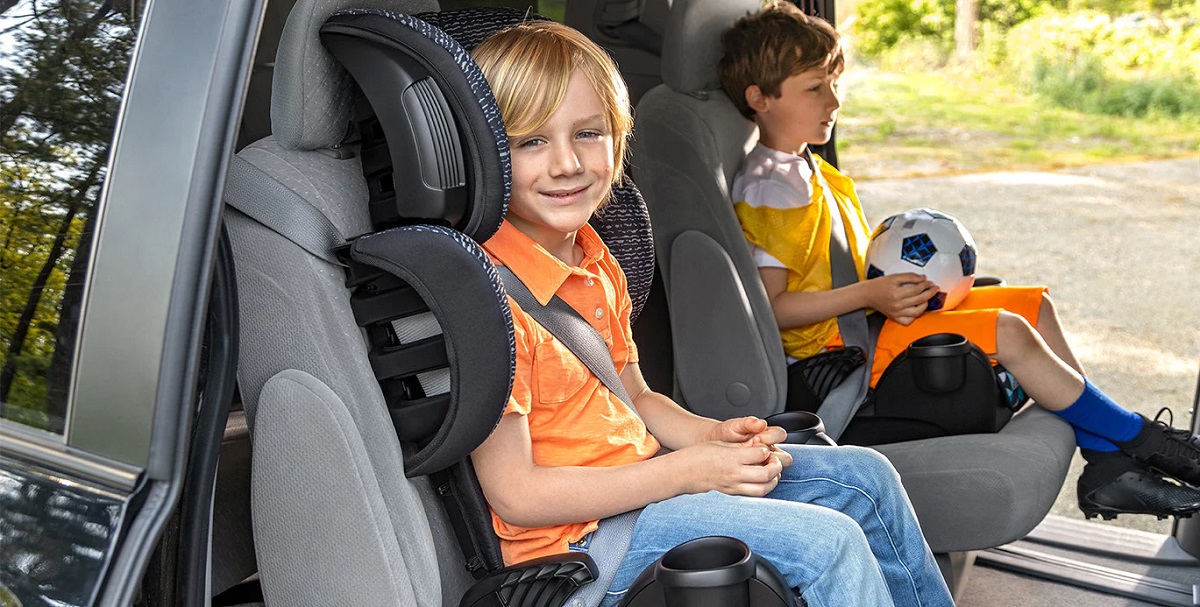
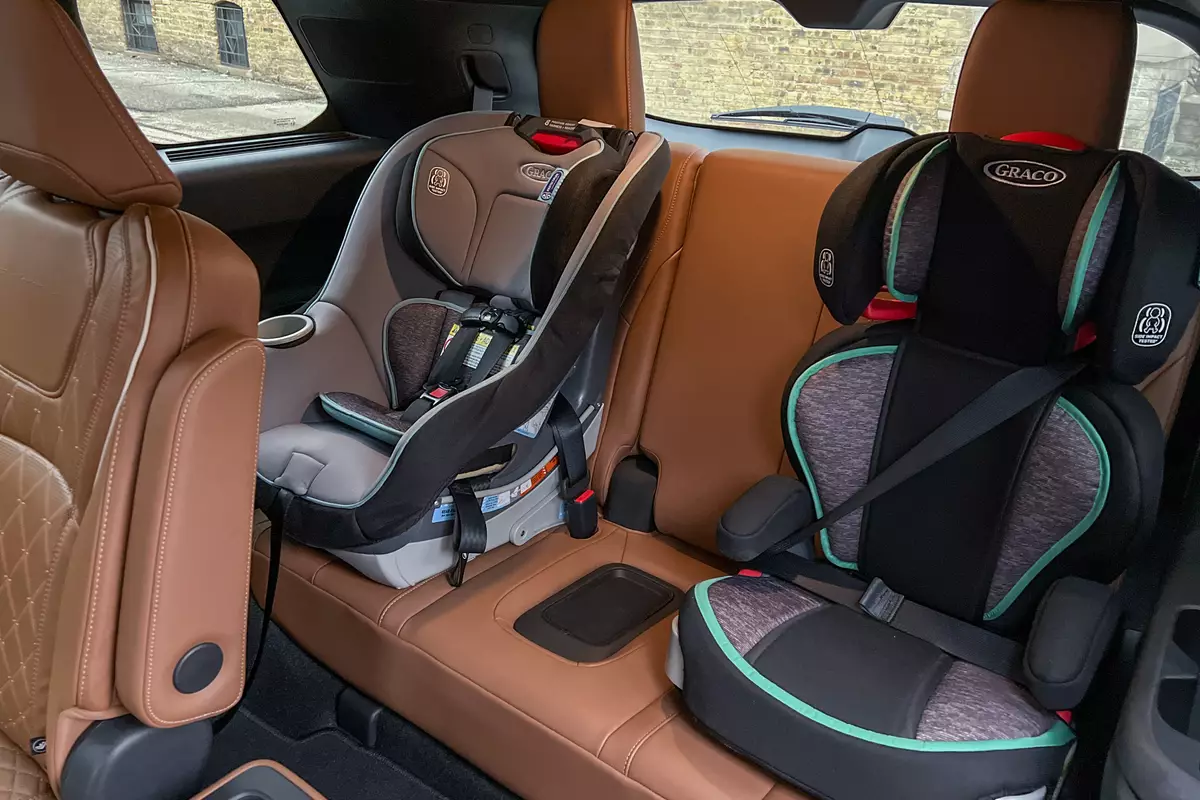
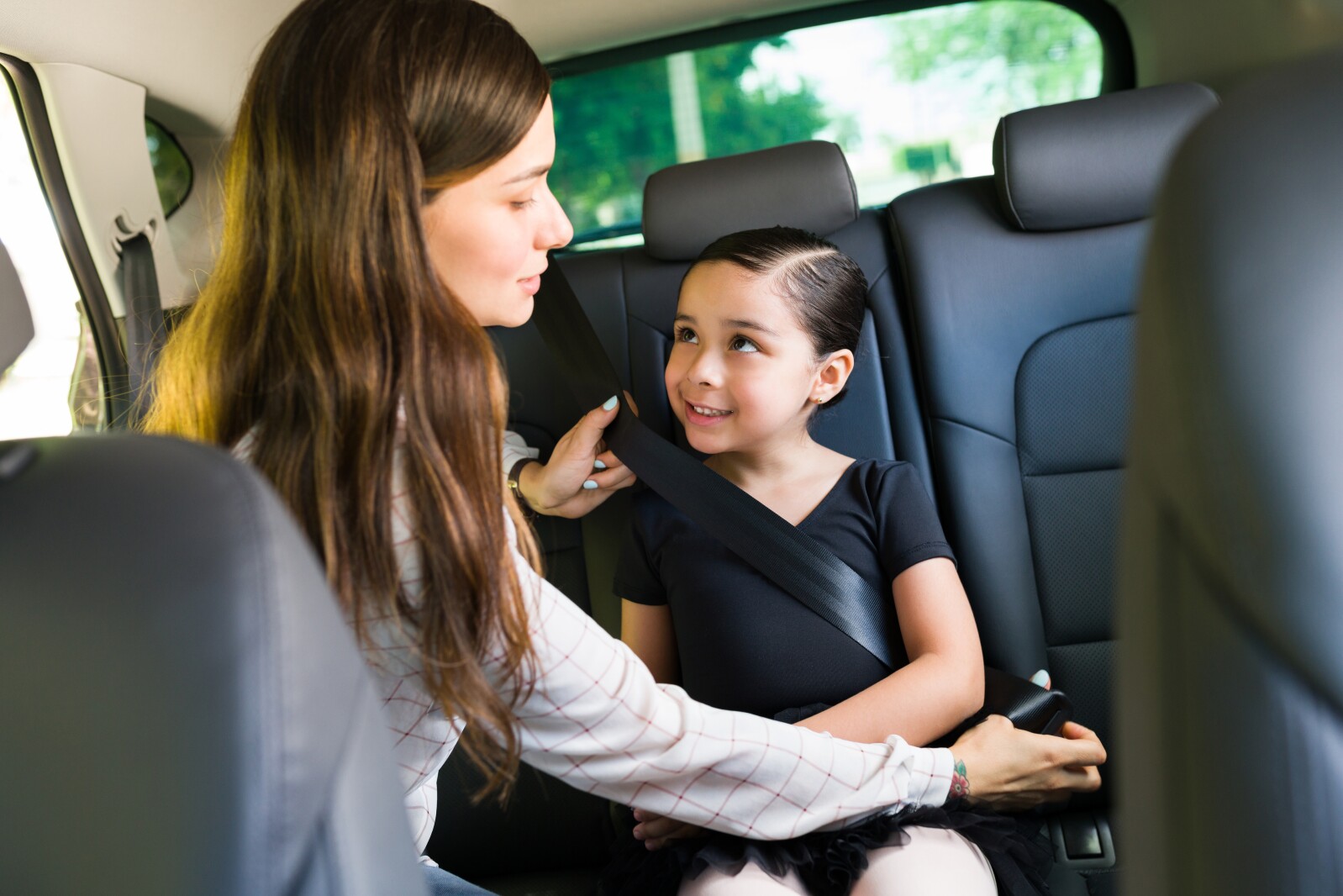
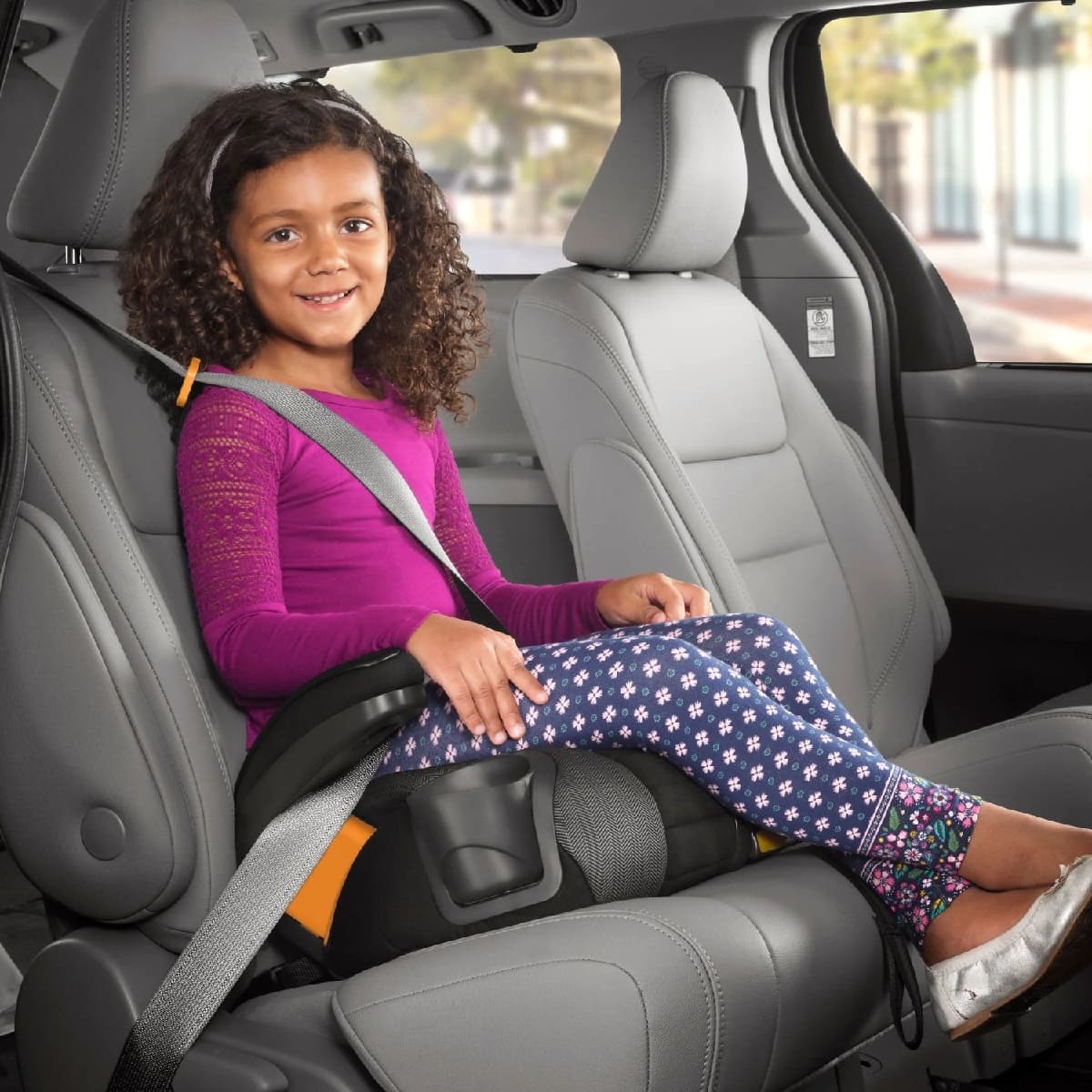
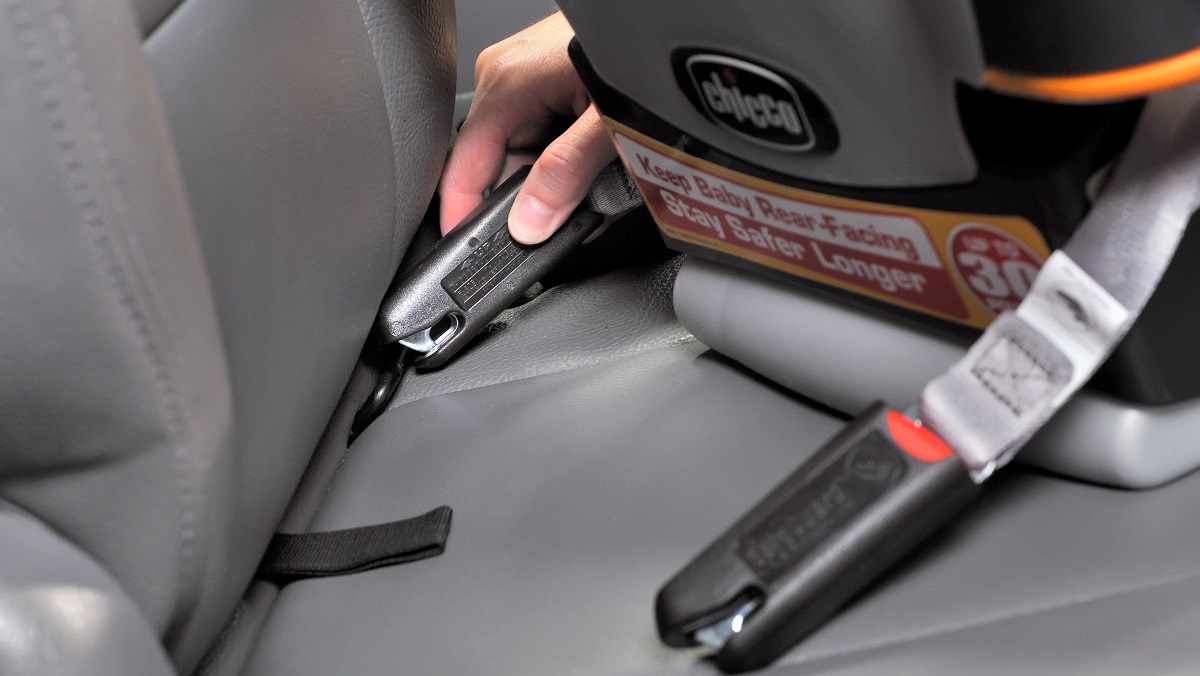
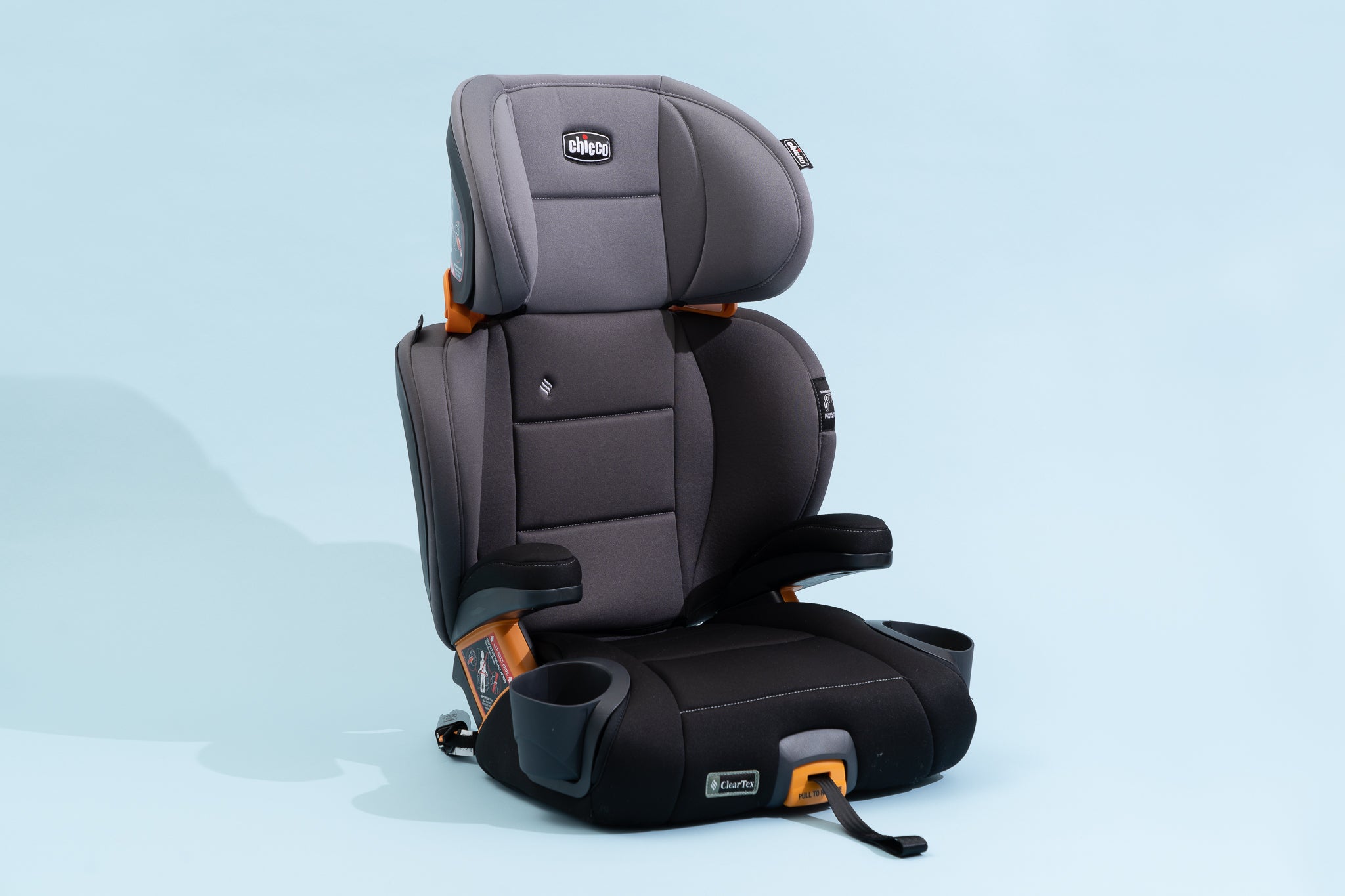
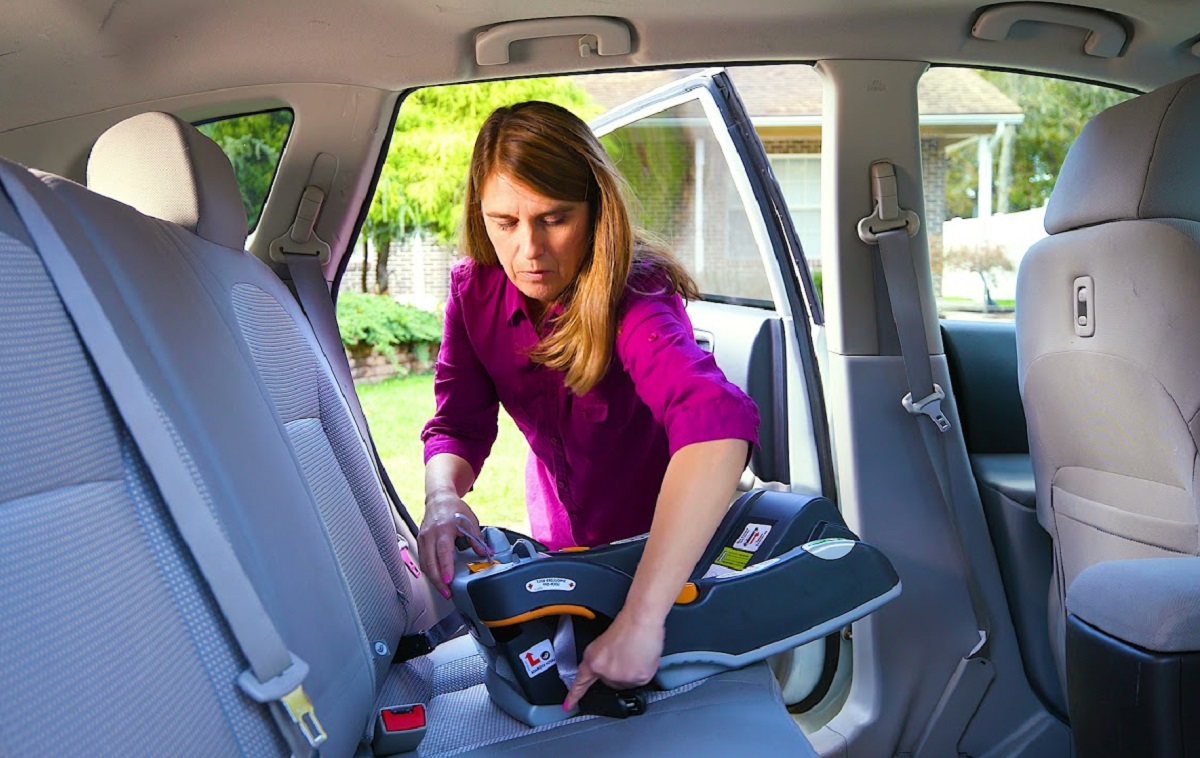
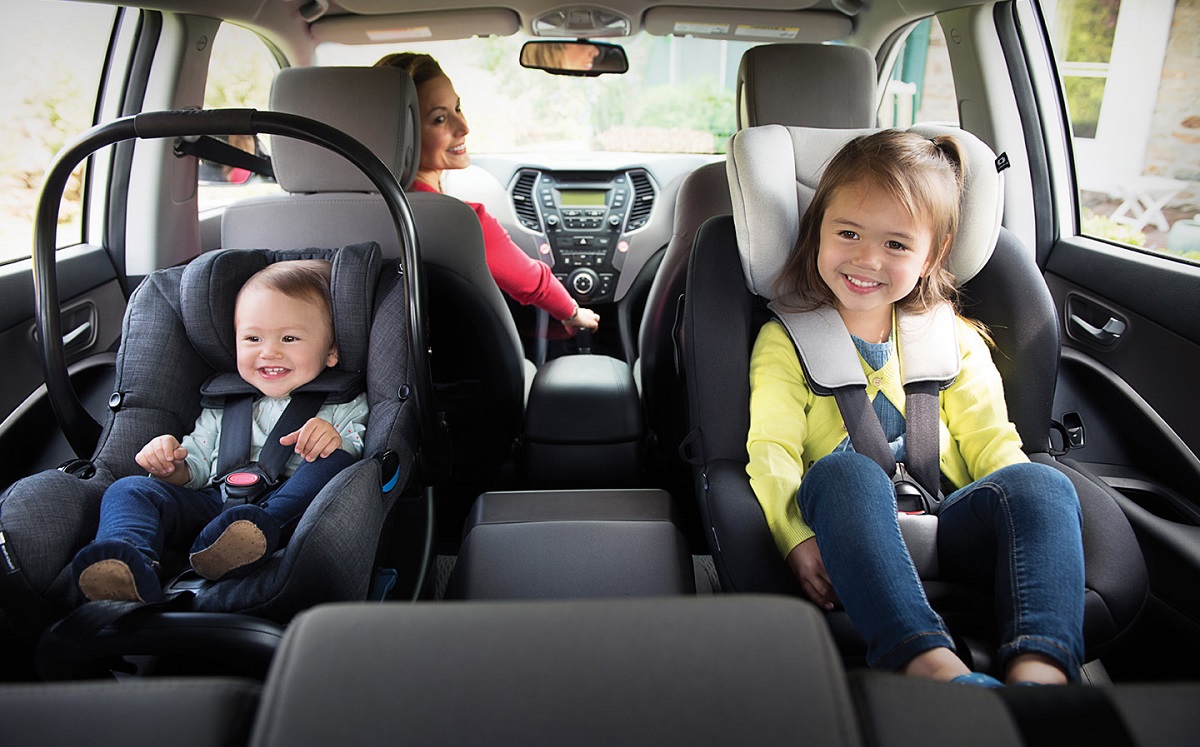
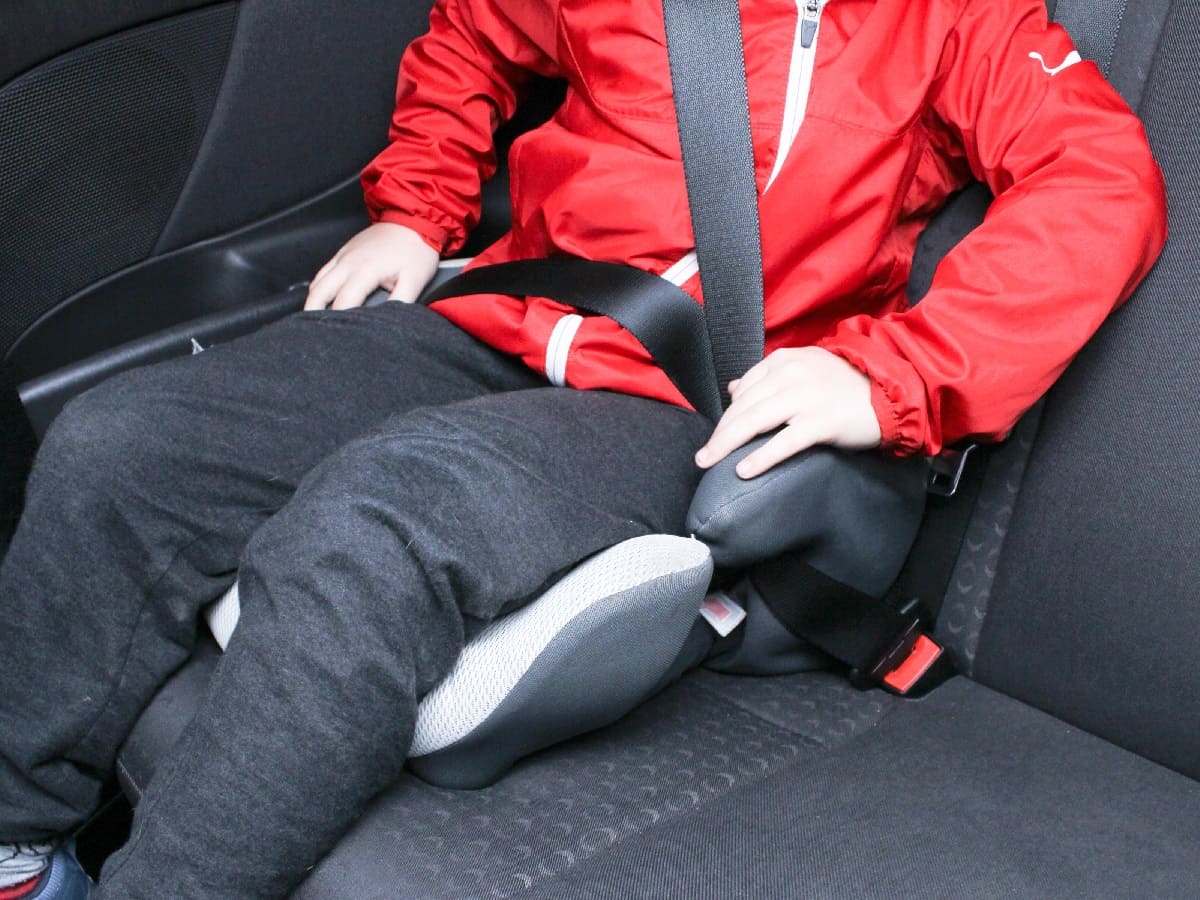
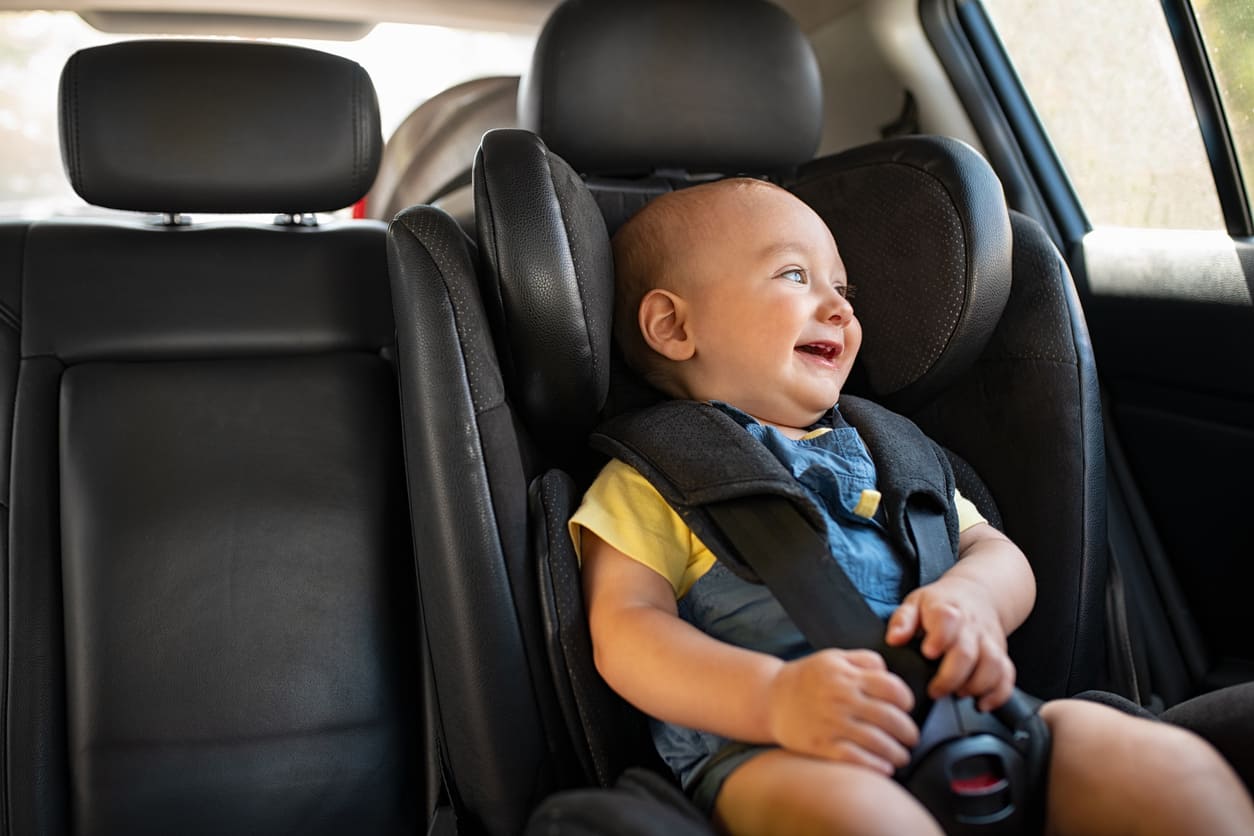
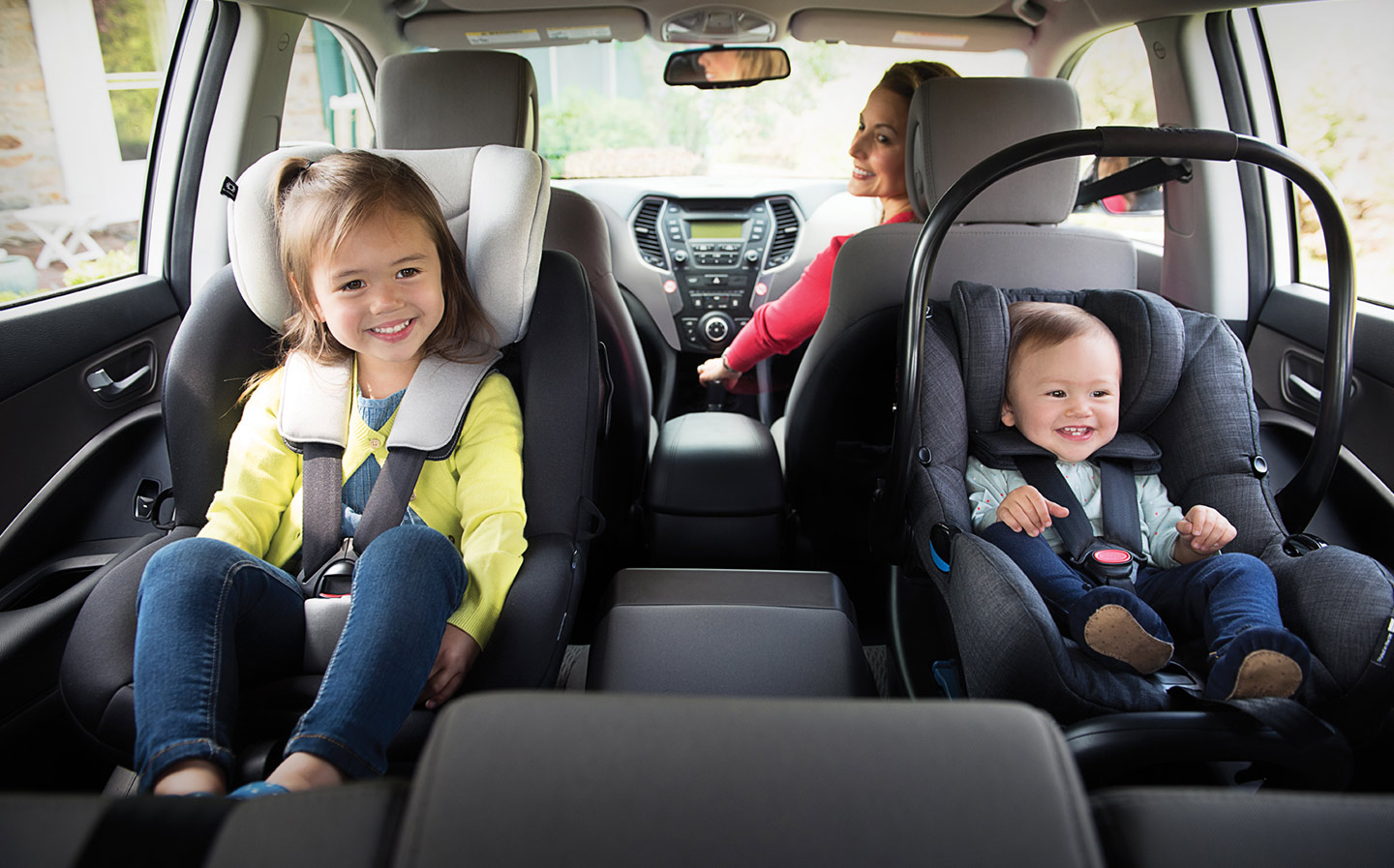
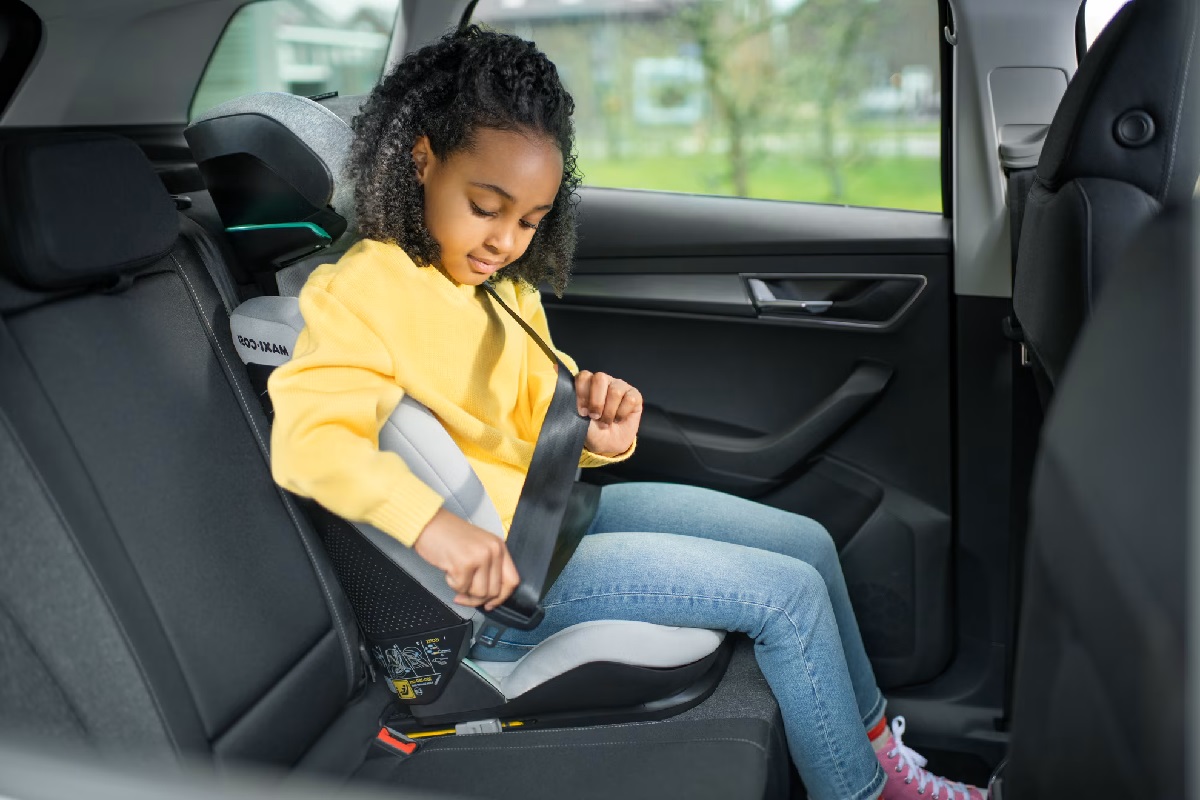
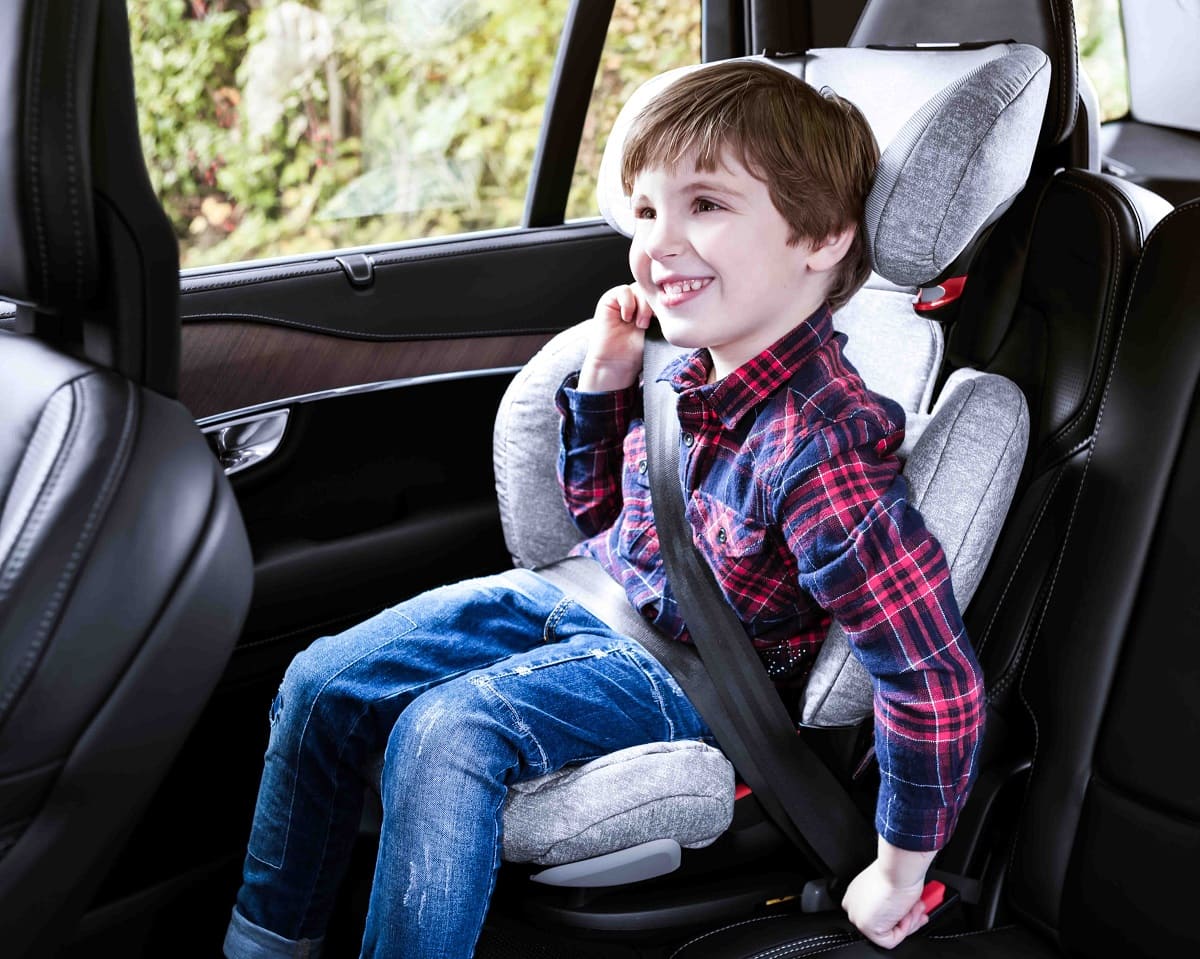


0 thoughts on “When Are Kids Ready For A Booster Seat”